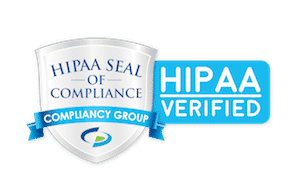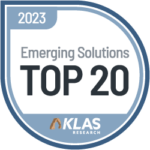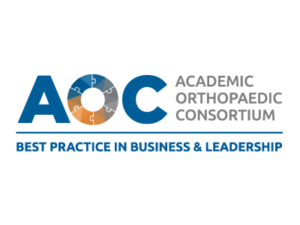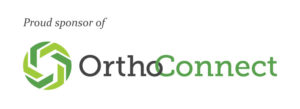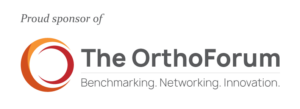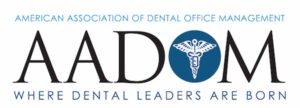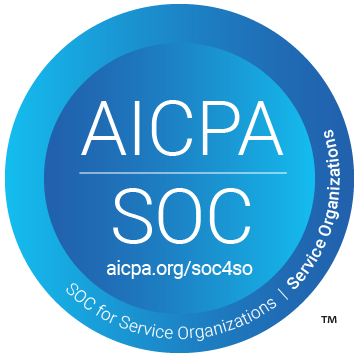Complete this assessment to evaluate your healthcare organization’s growth readiness and discover actionable insights to optimize your patient acquisition and retention strategies.
Instructions
Answer each question honestly based on your current organizational capabilities. At the end, you’ll receive a personalized growth readiness score with specific recommendations for improvement.
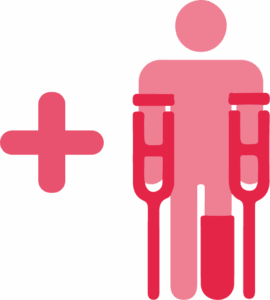 Section 1: Patient Acquisition Strategy
Section 1: Patient Acquisition Strategy
- How do you currently measure patient acquisition costs (PAC) across your organization?
- A) We track detailed PAC by service line, location, and marketing channel
- B) We have general PAC metrics but limited granular data
- C) We track overall marketing spend but don’t calculate true PAC
- D) We don’t currently measure patient acquisition costs
- What percentage of your marketing budget is allocated based on data-driven ROI analysis?
- A) 80-100% – All decisions are data-driven
- B) 50-79% – Most decisions use data with some intuition
- C) 20-49% – We use some data but rely heavily on past practices
- D) 0-19% – Marketing decisions are primarily based on intuition or tradition
- How well can you identify and target your ideal patient populations?
- A) We use predictive analytics and multiple data sources to precisely target ideal patients
- B) We have good demographic and geographic targeting capabilities
- C) We use basic targeting but lack sophisticated segmentation
- D) We use broad, general marketing approaches with minimal targeting
- How do you track the patient journey from initial awareness to conversion?
- A) We have comprehensive multi-touchpoint attribution and journey mapping
- B) We track most touchpoints with some gaps in attribution
- C) We track basic conversion metrics, but limited journey insights
- D) We primarily track final conversions with minimal journey visibility
Section 2: Patient Experience and Satisfaction
- How frequently do you collect patient feedback across all touchpoints?
- A) Continuously through automated systems and multiple channels
- B) Regularly through surveys and periodic feedback collection
- C) Occasionally through basic satisfaction surveys
- D) Rarely or only when patients volunteer feedback
- How quickly does your organization respond to patient feedback and concerns?
- A) Real-time automated responses with immediate escalation protocols
- B) Within 24-48 hours with systematic follow-up processes
- C) Within a few days to a week, depending on the issue
- D) Response times vary widely, often taking a week or more
- How well integrated is patient feedback data with your growth and marketing strategies?
- A) Patient insights directly inform all growth and marketing decisions
- B) Feedback data regularly influences strategy with some integration gaps
- C) We consider patient feedback, but it doesn’t consistently impact strategy
- D) Patient feedback and growth strategies operate largely independently
Section 3: Data Integration and Analytics
- How would you describe your organization’s data integration capabilities?
- A) All systems are integrated with real-time data sharing and unified dashboards
- B) Most systems are connected with some data silos remaining
- C) Limited integration with manual data compilation required
- D) Significant data silos with minimal system integration
- What level of predictive analytics does your organization use for growth planning?
- A) Advanced predictive modeling for patient behavior, churn risk, and lifetime value
- B) Basic predictive analytics for forecasting and trend analysis
- C) Descriptive analytics with limited predictive capabilities
- D) Primarily historical reporting with minimal predictive insights
- How effectively can you measure patient lifetime value (PLV) across service lines?
- A) Comprehensive PLV tracking with detailed attribution and forecasting
- B) Good PLV measurement with some limitations in attribution
- C) Basic lifetime value calculations with limited service line granularity
- D) Unable to accurately measure patient lifetime value
Section 4: Competitive Positioning and Market Intelligence
- How well do you understand your competitive landscape and market positioning?
- A) Comprehensive competitive intelligence with regular market analysis
- B) Good understanding of main competitors with periodic market research
- C) Basic awareness of competitors but limited systematic analysis
- D) Minimal competitive intelligence or market positioning strategy
- How effectively does your organization differentiate itself in the marketplace?
- A) Clear, data-backed differentiation strategy with measurable competitive advantages
- B) Good differentiation messaging with some competitive positioning
- C) Basic differentiation efforts but unclear competitive advantages
- D) Struggle to articulate clear differentiation from competitors
Section 5: Patient Retention and Loyalty
- What is your organization’s current patient churn rate?
- A) Less than 20% with comprehensive retention strategies
- B) 20-35% with active retention efforts
- C) 35-50% with basic retention initiatives
- D) Over 50% or unknown churn rate
- How proactively do you identify and address at-risk patients?
- A) Automated early warning systems with proactive intervention protocols
- B) Regular risk assessment with systematic outreach programs
- C) Basic at-risk patient identification with limited intervention
- D) Primarily a reactive approach when patients express dissatisfaction
- How well do you leverage existing patients for referrals and growth?
- A) Systematic referral programs with incentives and tracking
- B) Active referral requests with some systematic approaches
- C) Occasional referral requests but no formal program
- D) Minimal focus on patient referrals for growth
Scoring Guide
For each answer, assign the following points:
- A = 4 points
- B = 3 points
- C = 2 points
- D = 1 point
Total your score and find your growth readiness level:
 Growth Readiness Results
Growth Readiness Results
Growth Leader (52-60 points)
Congratulations! Your organization demonstrates advanced growth capabilities with sophisticated data integration, patient-centric strategies, and comprehensive measurement systems. You’re well-positioned for sustainable growth and market leadership.
Next Steps:
- Focus on optimization and innovation in your existing systems
- Consider advanced AI and machine learning applications
- Mentor other organizations in best practices
- Explore new market opportunities with confidence
Growth Ready (41-51 points)
Strong Foundation! Your organization has solid growth capabilities with room for strategic enhancements. You’re on the right track but can benefit from targeted improvements in key areas.
Priority Areas for Improvement:
- Enhance data integration and analytics capabilities
- Implement more sophisticated patient targeting
- Strengthen feedback loops between patient experience and growth strategy
- Develop more comprehensive retention programs
Growth Building (30-40 points)
Building Momentum! Your organization has basic growth infrastructure but needs systematic improvements to achieve optimal results. Focus on foundational capabilities before pursuing advanced strategies.
Key Development Areas:
- Implement comprehensive patient feedback systems
- Develop data-driven decision-making processes
- Create an integrated patient journey tracking
- Establish clear patient retention strategies
Growth Challenged (15-29 points)
Transformation Needed! Your organization faces significant growth challenges that require immediate attention and systematic transformation. Consider partnering with experts to accelerate your growth capabilities.
Critical Action Items:
- Audit current growth processes and identify major gaps
- Implement basic patient acquisition cost tracking
- Establish systematic patient feedback collection
- Consider technology solutions for data integration
- Develop organizational capabilities for data-driven growth
What’s Next?
Understanding your growth readiness is just the first step. The most successful healthcare organizations continuously evolve their patient acquisition and retention strategies based on data-driven insights and patient feedback.
Whether you scored as a Growth Leader or identified areas for improvement, the key to sustainable growth lies in creating integrated systems that connect patient experience, operational efficiency, and strategic decision-making.
Ready to take your growth strategy to the next level? Consider how an advanced patient engagement platform can help bridge the gaps identified in your assessment and accelerate your path to sustainable, profitable growth.



